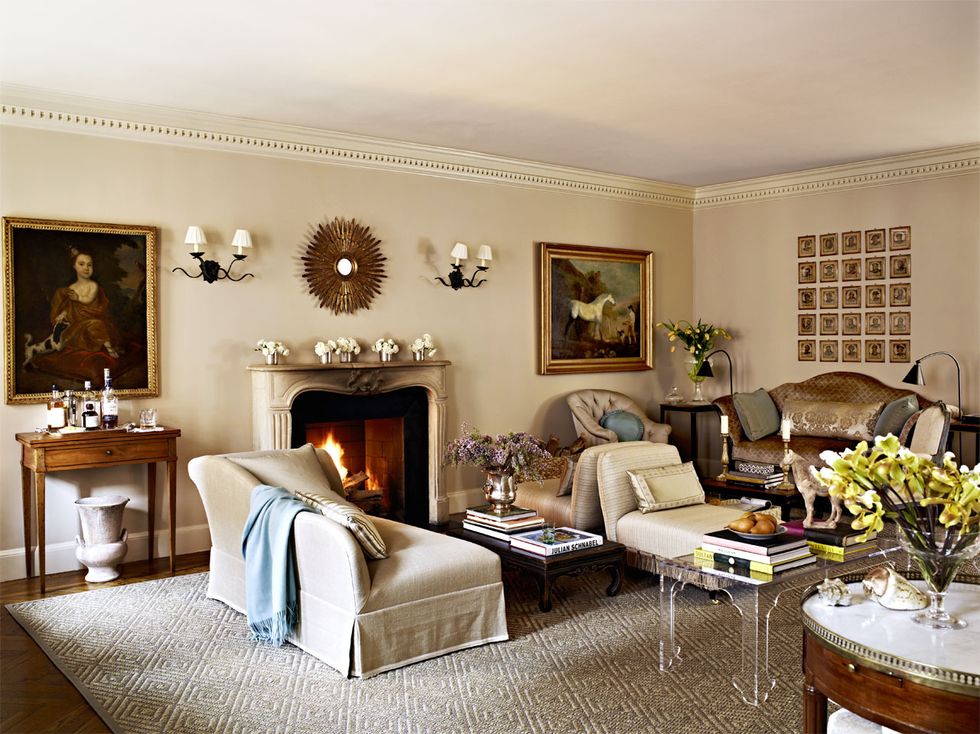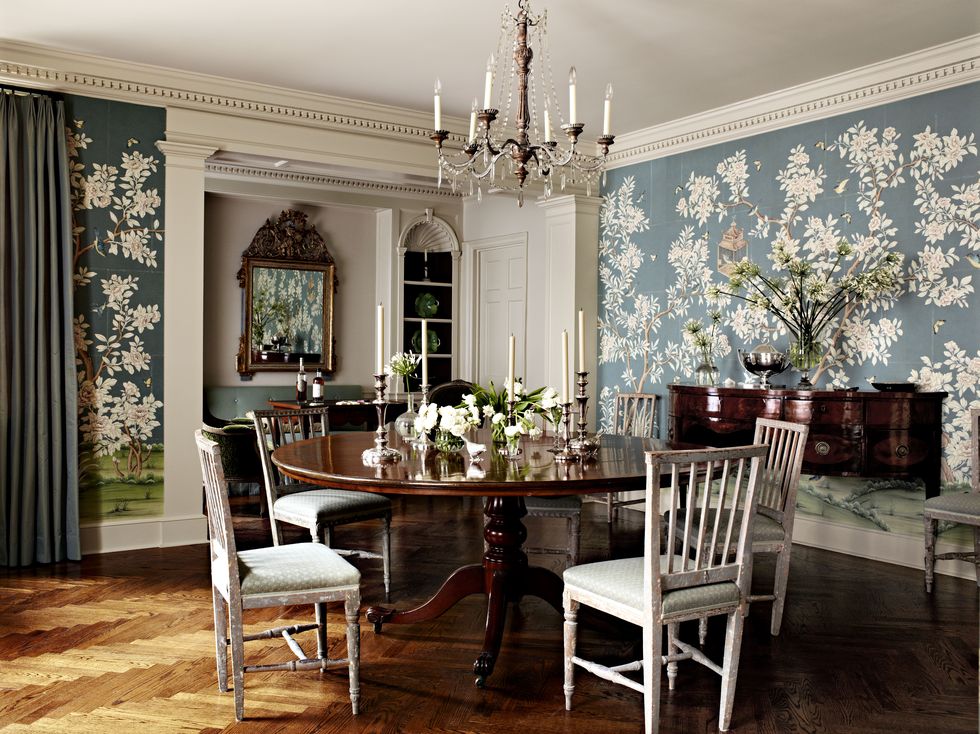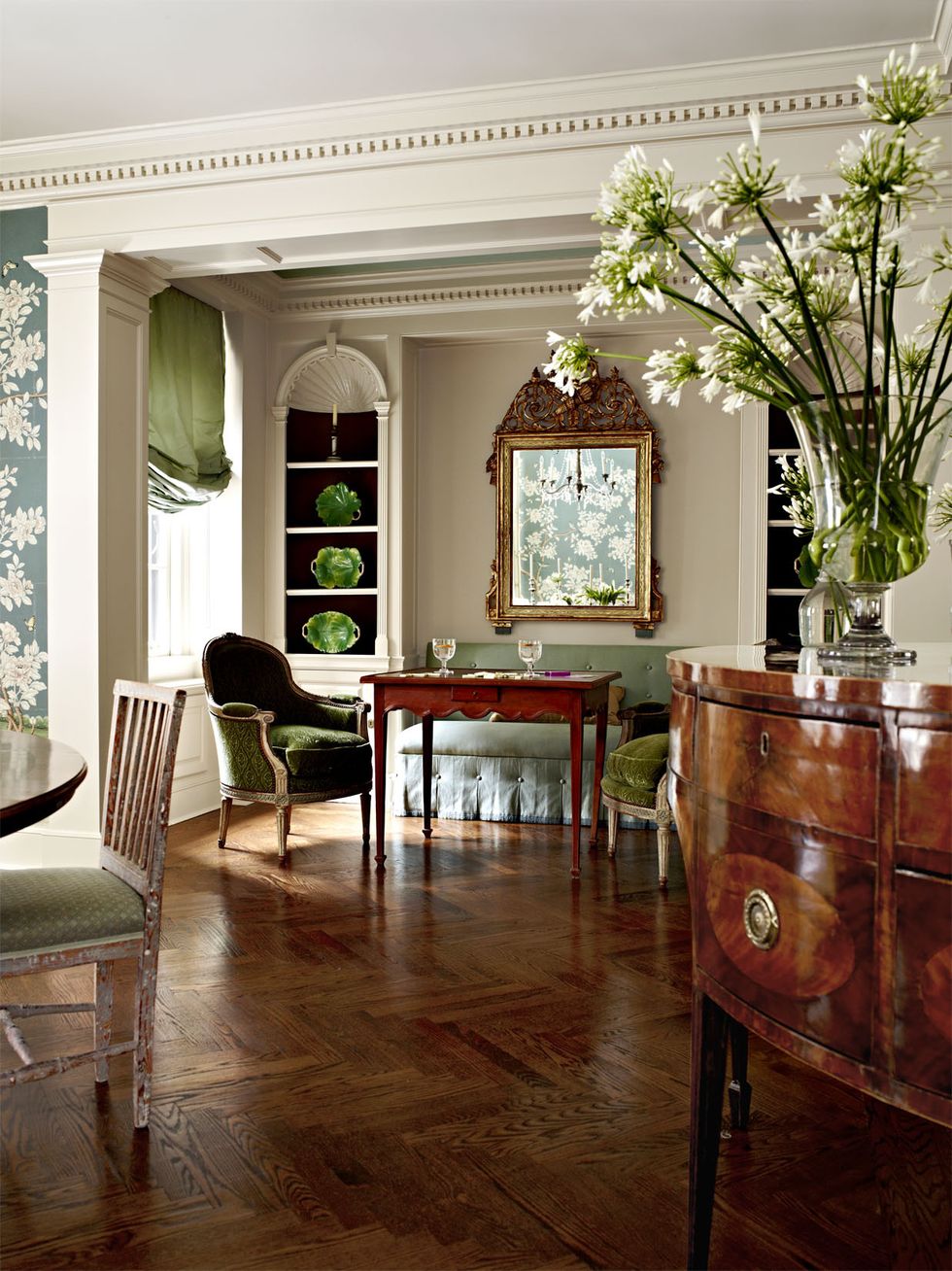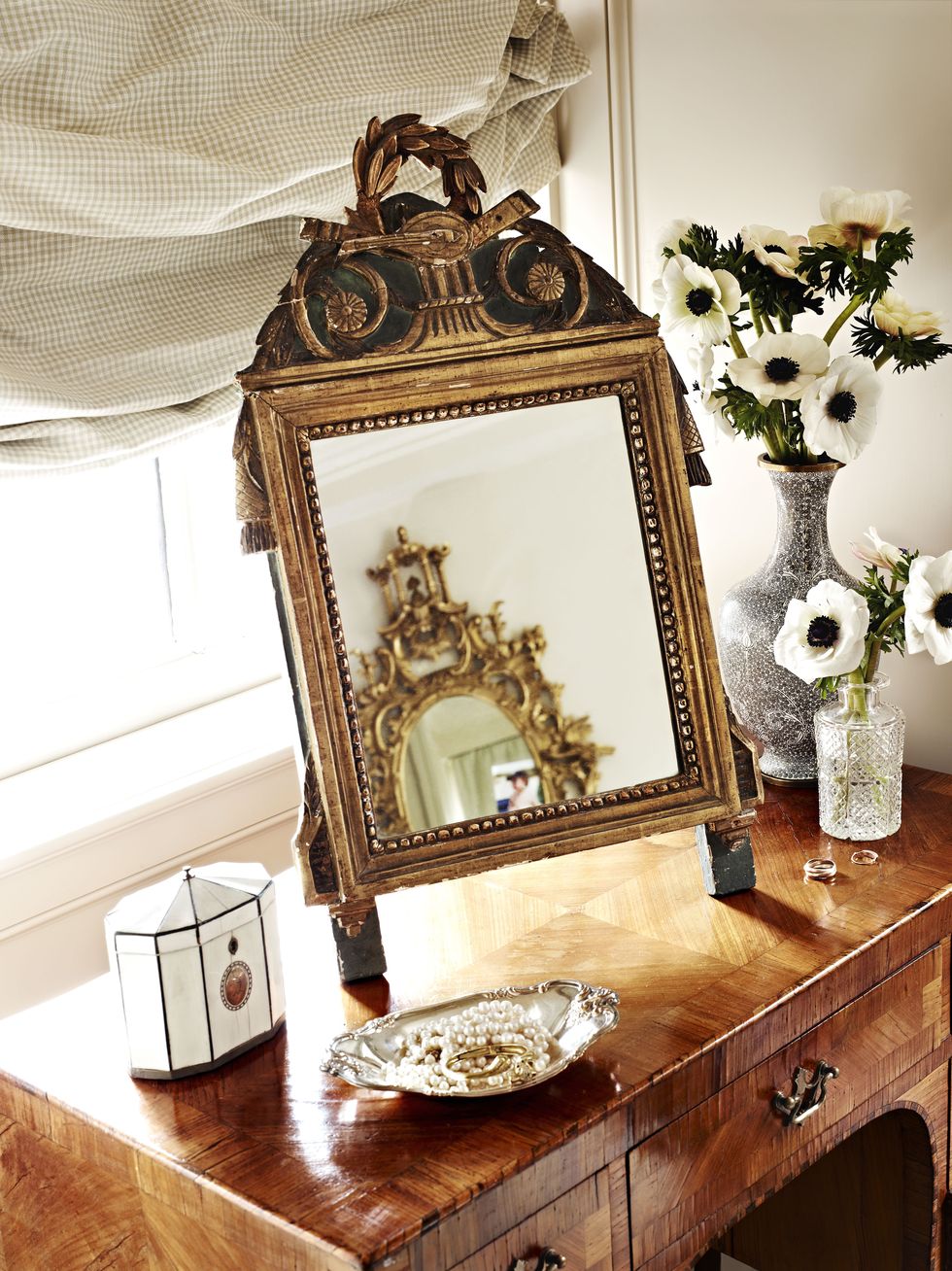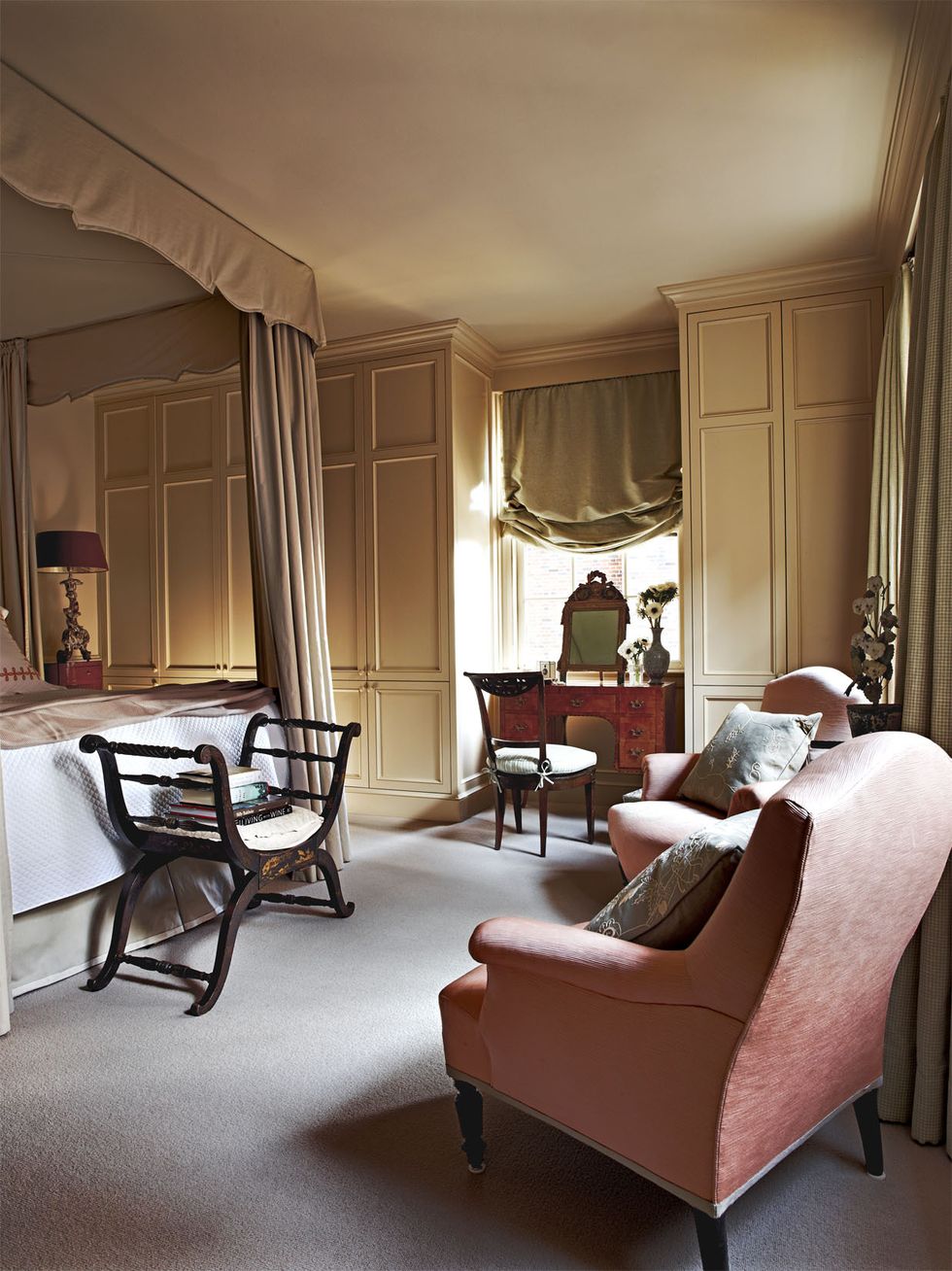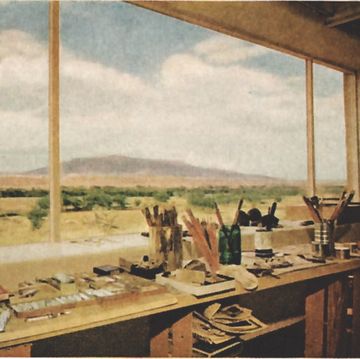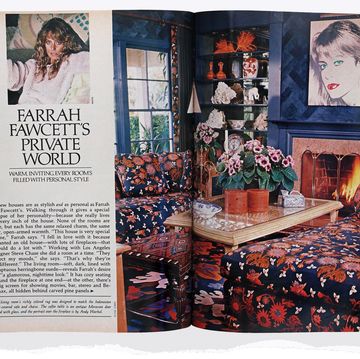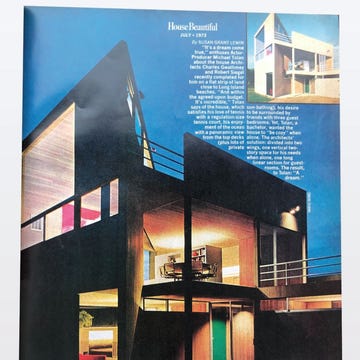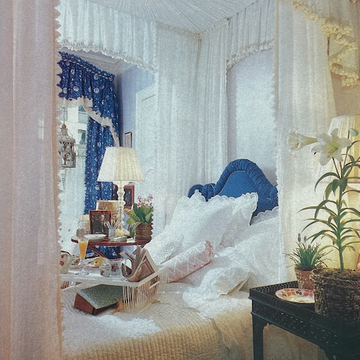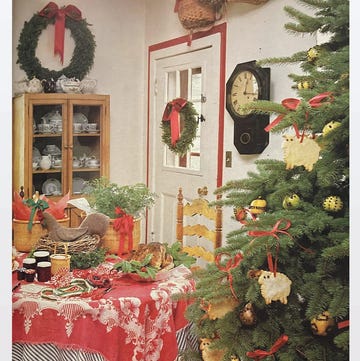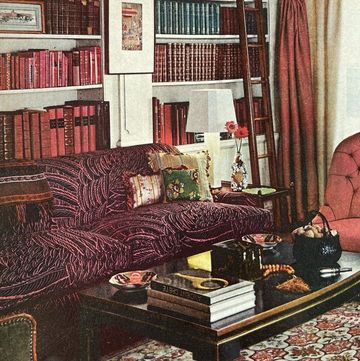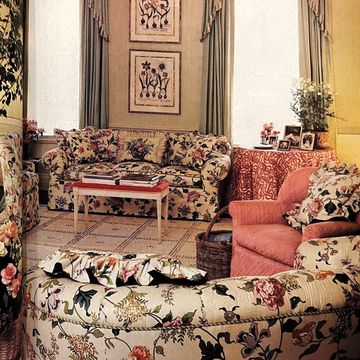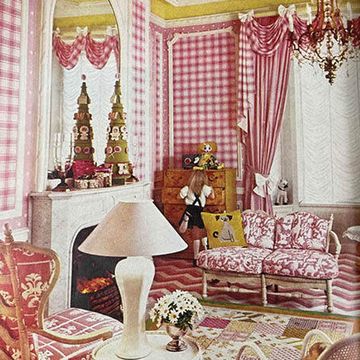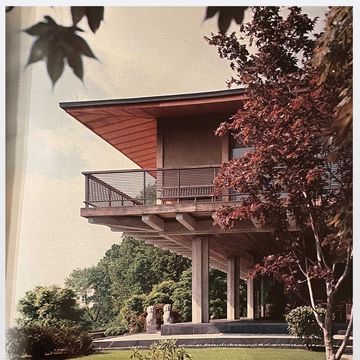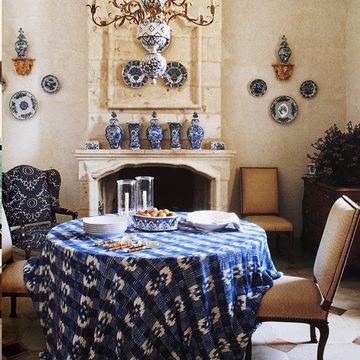The design community is mourning the passing of Suzanne Rheinstein. In honor of the legendary designer and her lasting stamp on the industry, we've unearthed one of her many incredible projects: a prewar New York City apartment infused with timeless style and comfort, featured in House Beautiful's May 2012 issue. Browse the dreamy interiors for inspiration, and learn a few of her design secrets—including how to make a room feel calm and substantial. We've also gathered some of Rheinstien's most inspiring sayings, which make for a delightful read.
Explore the original story below.
"Have fewer things, but better things"
Suzanne Rheinstein on a prewar apartment in New York City
Interview by Mimi Read // Produced by Sabine Rothman // Styled by Olga Naiman
Living Room
Pictured above.
To create a classic, serene living room in a prewar Manhattan apartment, designer Suzanne Rheinstein kept color low and tonal. The furniture was placed with entertaining in mind. “You should never have a room with only stationary seating,” she says. “It’s really nice to have chairs you can pick up and move around”—in this case, antique French fauteuils upholstered in Fortuny’s Devine. She re-covered the home owners’ sofa in Rogers & Goffigon’s Cervo velvet and used an acrylic Chinese-style coffee table that she designed and sells in her Los Angeles store, Hollyhock. Painting by Carolyn Carr.
In the living room, a Catherine chaise faces deep back-to-back slipper chairs, all from Hollyhock.
A grid of antique engravings hangs over an Italian canapé in the living room.
Dining Room
Rheinstein brought the dining room to life with a vibrant, scenic Chinese wallpaper by Gracie. She and the young homeowners chose fine furnishings “that will see them through their lives,” she says. Rheinstein loves painted pieces against rich, dark woods, so she paired chalky Gustavian dining chairs with an antique English mahogany table.
A dining room alcove is used for dessert buffets, wine tastings, and playing games.
Primary Bedroom
Rheinstein gave the master bedroom a wall of cabinetry, painted Clay Beige by Benjamin Moore and made to resemble paneling. The ceiling canopy and curtains of the “beautiful, enveloping bed” are Chelsea Editions plain linen; the interior canopy, Fabricut chintz. Bed linens are from Leta Austin Foster Boutique.
An 18th-century Italian mirror and dressing table are nestled under a bedroom window.
Soft colors make the master bedroom a soothing retreat.
Q&A
Mimi Read: This apartment reminds me of the timeless, well-bred decorating of firms like Parish-Hadley. I imagine old-guard Upper East Siders with grown kids living here.
Suzanne Rheinstein: Oh, no. They’re Southerners in their late thirties. Charlie Daniels is from Greenwood, Virginia, and his wife, Lula Norris, is from Atlanta. They have two little children: Archer is three, and baby Lula is only a few months. She’s the fifth Lula in the family. You understand about the South, right? Having five generations with the same name is just something they do. I never would have expected a young couple. It has such a settled look, and it’s not about wit, irony, or any of those ‘youthful’ effects. You know, they’re traditional, and I love that—I celebrate that—because so am I. Both of them have demanding work lives, and they wanted something classic and wonderful to come home to. At the same time, it’s really comfortable. They love to entertain, and there are plenty of places to sit. They make real fires in the fireplace. They watch TV and have tray suppers in that library. And Sassie goes all over the place—Sassie’s their big old Lab. They’ll be adding to the apartment as they go through life, and everything will fit in easily.
MR: What’s the secret to making rooms that feel this calm and substantial?
SR: Have beautifully detailed upholstery. In the bookshelves, just put books and don’t merchandise them. By that I mean don’t put four books up, five books down, a plate here, a box there—that looks like a store.
MR: What about furniture?
SR: Have fewer things, but better things. Obviously, it’s a long process. It’s not 10-minute decorating. But I’ll tell you what I tell the young people who work for me: If you buy one good thing a year, in five years, you’ll have five really good things. Of course, you have to take the time to learn about quality and to appreciate it. But it’s worth doing, whether it’s about gardens or art or furniture or literature. The living room is beige-on-beige. Was anyone tempted to add, say, lavender pillows? Sometimes you need bright color to carry a room, but color didn’t have to be the story here. They have furniture that’s interesting, art that’s interesting. You gain a certain calm this way, too, and the furniture, the art, the shapes of things, the quality of what’s there, they all go together to make a nuanced whole. Anyway, I’ve never been one to do ‘wow’ rooms. I’m much more about: You’re in the room, and the more you’re there, the more you notice how comfortable you are, and you see all the quiet, thoughtful details. Like on the sisal, it’s kind of a gray color with a diamond pattern. There’s a leather border with blind stitching and mitred corners. It’s not just done any old way.
MR: What’s the secret to well-made curtains?
SR: Pay attention to them. I like them simple, but I like them lined. I usually like about a ⅝-inch border at the top where it’s gathered or pleated, and I usually trim the leading edge. I like...not goopy trim, but something to make it look finished. Sometimes it’s a folded grosgrain ribbon and sometimes it’s a tape that may have stripes. You’ve definitely amped up color in the dining room. I thought it would be fun to turn the corner and see this exuberant, beautiful paper with flowers and birds. It’s by Gracie, and it’s a wonderful blue they really went for. In the house my husband grew up in, their dining room had this beautiful old wallpaper. His father used to make up stories about the birds flying away at night and where they went. I thought it would be charming for the children, a nice way for them to remember special meals.
MR: What’s the little dining anteroom used for?
SR: We envisioned it as a place where they would eat when they were alone. But it’s actually where they play dominoes—fiercely, madly. They also love to play international rummy, which turns anyone into a squabbling six-year-old. We found the 19th-century game table, and the built-in banquette I designed to fit. I love banquettes, by the way. For the last five years I’ve been fascinated with European design from the late ’60s and early ’70s, often in Italian castles. The way they mix old and modern is wonderful. They used a lot of banquettes, which look great with antiques. You’ve struck a sweet spot between feminine and masculine decorating in this apartment. Even with pink chairs in the master bedroom, the room’s not too feminine! That big old comfortable bed, and lots of painted paneling that are really cupboards—those things balance out the pink chairs. It’s all about balance.
MR: What’s your favorite creature comfort?
SR: In my first job away from home, I was making $140 a week, and I had my sheets washed and ironed.
MR: But what about saving up for fine furniture?
SR: Sometimes the quotidian is more important than the big splurge. My favorite quote is by Joan Didion. She was asked by a writer if it was true that she used her good silver every day, and she said, ‘Every day is all there is.’

